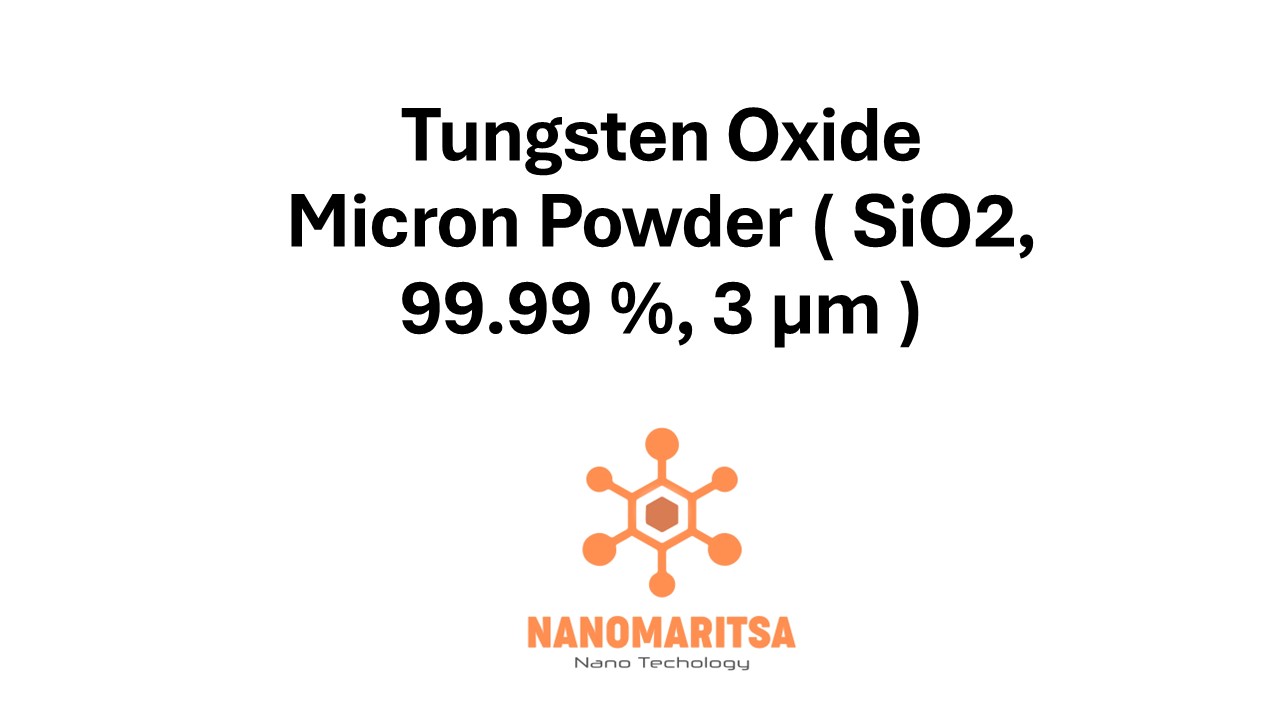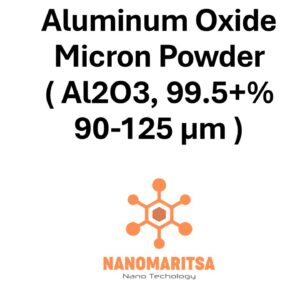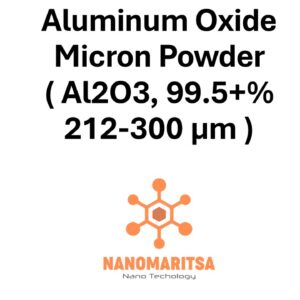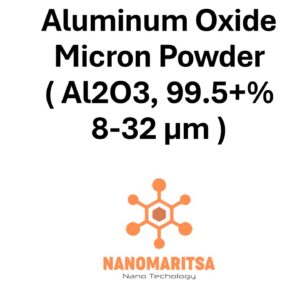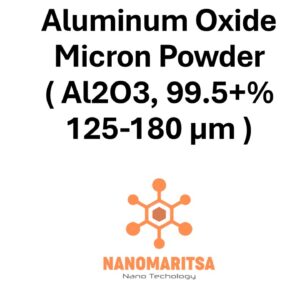Tungsten Oxide Micron Powder (WO₃, 99.99%, 3 µm) is a high-purity material known for its exceptional optical, electronic, and catalytic properties. With a particle size of 3 micrometers and a purity of 99.99%, this powder is indispensable in applications such as smart windows, gas sensors, catalysis, and energy storage. Its unique properties make it a versatile material in advanced industrial, technological, and research applications.
1. Key Properties
High Purity (≥99.99%) ensures minimal impurities, providing reliable performance in high-precision and advanced applications.
Fine Particle Size (3 µm) enables efficient dispersion, uniform integration, and high reactivity in various systems.
Electrochromic Behavior Changes color in response to electric fields, making it ideal for smart window technologies.
Thermal Stability Maintains performance under high-temperature conditions, essential for refractory and advanced material uses.
Catalytic Activity Functions as an efficient catalyst in chemical reactions, particularly in hydrogenation and oxidation processes.
Gas Sensitivity Exhibits high sensitivity to gases like NO₂, making it valuable for sensor applications.
2. Applications
Smart Windows Used in electrochromic glass for energy-efficient buildings, where it controls light and heat transmission.
Gas Sensors Serves as a sensitive material in devices for detecting harmful gases such as NO₂, NH₃, and CO.
Catalysis Plays a role in environmental catalysis, fuel processing, and green chemistry applications.
Energy Storage Utilized in advanced batteries and supercapacitors due to its unique electrochemical properties.
Optical Coatings Used in high-refractive-index coatings for lenses and photonic devices.
Refractories and Ceramics Enhances the thermal and mechanical properties of ceramics used in high-temperature applications.
3. Advantages
High Electrochemical Performance WO₃’s ability to undergo reversible electrochemical reactions makes it indispensable in energy and electrochromic applications.
Exceptional Gas Sensitivity Its high responsiveness to specific gases supports its use in advanced sensing technologies.
Thermal and Chemical Stability Ensures durability in extreme environments, including high-temperature and chemically aggressive conditions.
High Purity Guarantees reliable performance in high-precision applications such as optical coatings and catalysis.
Versatile Applications Combines optical, catalytic, and electronic properties, enabling use across multiple industries.
4. Recent Trends and Research
Smart Building Technologies Research focuses on optimizing WO₃ for energy-efficient smart window systems.
Gas Sensor Innovations Studies are enhancing WO₃’s sensitivity and selectivity for detecting pollutants and hazardous gases.
Energy Applications WO₃ is being explored for use in advanced batteries, supercapacitors, and hydrogen production technologies.
Nanotechnology Development of nano-WO₃ is enabling new applications in sensors, photonics, and energy devices.
Environmental Catalysis Efforts are underway to utilize WO₃ as a catalyst in CO₂ reduction, water splitting, and pollution control.
5. Future Prospects
Sustainable Energy Solutions WO₃ will continue to play a vital role in renewable energy technologies, including hydrogen production and advanced energy storage systems.
Smart Materials Its electrochromic properties will drive the adoption of smart windows and other adaptive technologies.
Green Technologies WO₃’s catalytic properties will support its use in eco-friendly chemical processes and environmental remediation.
Advanced Electronics Its optical and electronic characteristics will enable new innovations in sensors, photonic devices, and optoelectronics.
High-Performance Ceramics Tungsten oxide will remain critical in enhancing the properties of refractory and advanced ceramic materials.
With its 99.99% purity, 3 µm particle size, and outstanding optical, catalytic, and electronic properties, Tungsten Oxide Micron Powder (WO₃, 99.99%, 3 µm) is a versatile and indispensable material for cutting-edge applications in energy, environmental technologies, optics, and advanced materials. Its role in driving sustainable innovations highlights its significance in modern industry and research.
| Measurement (gr) | 100 grams, 500 grams, 1000 grams |
|---|


